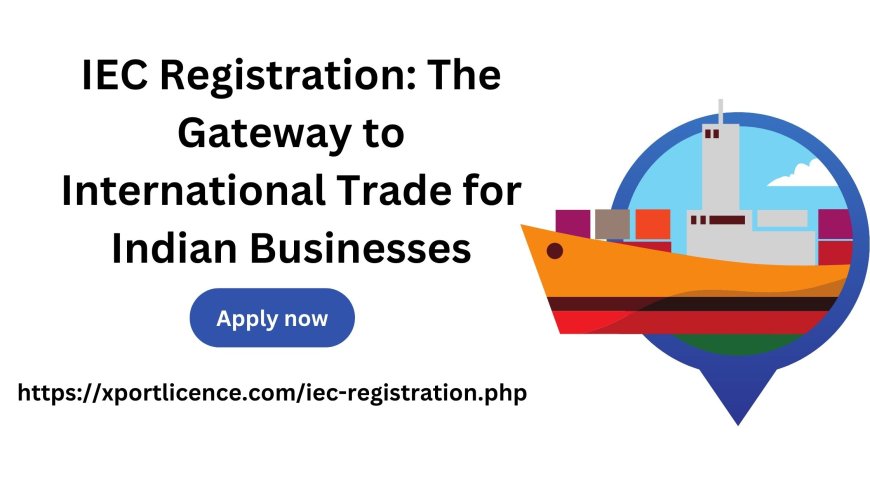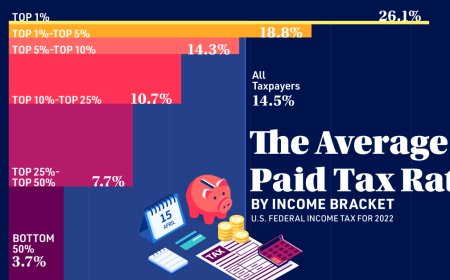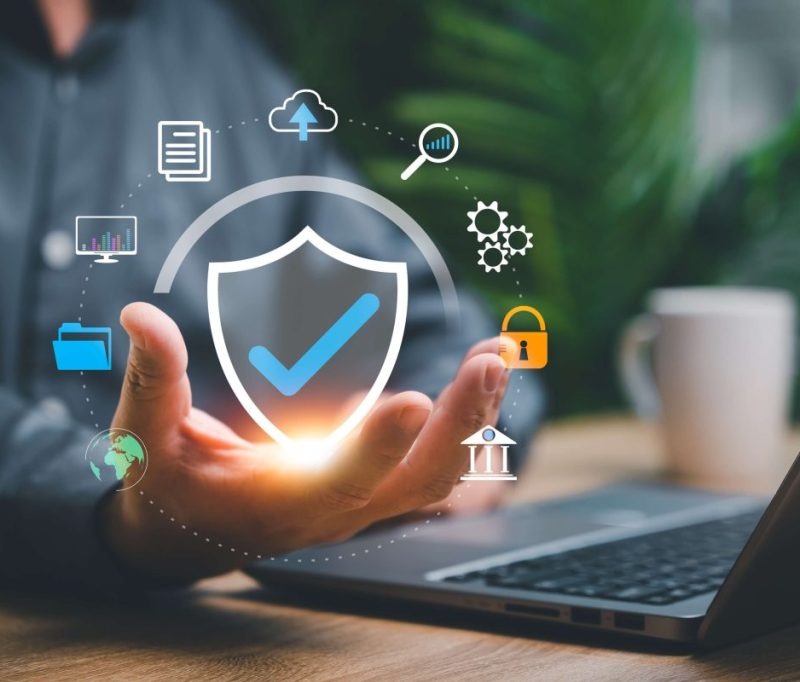IEC Registration: The Gateway to International Trade for Indian Businesses

Indias economic vision strongly emphasizes expanding its footprint in the global trade ecosystem. In this landscape,IEC Registration plays a vital role in empowering businesses to go global. Whether you're an emerging entrepreneur, an established trader, or an e-commerce exporter, obtaining an IEC is the first legal step toward international trade.
This article provides an in-depth overview of IEC Registration, focusing on its purpose, process, benefits, challenges, updates, and how it is helping Indian businesses unlock international opportunities in a rapidly globalizing economy.
What is IEC (Import Export Code)?
IEC stands for Import Export Code, a unique 10-digit identification number issued by the Directorate General of Foreign Trade (DGFT) under the Ministry of Commerce and Industry, Government of India. It is mandatory for any business or individual intending to import or export goods or services from India.
Without an IEC, you cannot legally engage in cross-border trade from India, as it is a key requirement for customs clearance, financial transactions, and compliance with foreign trade policy.
Why is IEC Important in Indias Export-Import Ecosystem?
IEC registration acts as a trade passport for Indian entities, offering:
-
Authorization for international trading
-
Recognition from customs and shipping authorities
-
Facilitation of foreign currency transactions
-
Access to export benefits, incentives, and subsidies
In essence, the IEC bridges the gap between Indian products/services and global markets.
Who Needs an IEC?
The following categories must obtain an IEC before undertaking import or export:
-
Proprietors
-
Partnership firms
-
LLPs (Limited Liability Partnerships)
-
Private limited companies
-
Public limited companies
-
Trusts and NGOs engaged in export
-
E-commerce businesses selling internationally
-
Service providers offering digital services abroad (like freelancers)
Exemptions from IEC Requirement
In certain cases, IEC is not mandatory, such as:
-
Personal imports and exports not related to trade or manufacture
-
Government departments and ministries
-
Goods exported/imported for personal use
However, even small or single-time exporters on platforms like Amazon or Alibaba are advised to register for IEC to avoid customs or foreign exchange compliance issues.
Documents Required for IEC Registration
Here is a checklist of documents needed for a smooth IEC application process:
-
PAN Card of the Individual/Business Entity
-
Aadhaar Card (for proprietors)
-
Business Address Proof (Electricity bill, rent agreement, etc.)
-
Bank Certificate or Cancelled Cheque
-
Passport-size photograph (for individuals)
-
Company incorporation documents (for LLPs, Pvt Ltd, etc.)
-
Digital Signature Certificate (DSC) optional but useful
How to Apply for IEC Online: Step-by-Step Guide
The IEC registration process is fully digitalized through the Xportlicence.com portal. Heres a simplified guide:
Visit the IEC Portal Go to the official IEC registration website using your internet browser.
Fill in the Application Form Enter details like your business name, type, PAN number, and other required information carefully.
Submit the Application Review all filled details and submit the form once everything is correct.
Pay the Registration Fee Complete the online payment using net banking, credit/debit card, or UPI.
OTP Verification Enter the OTP received on your registered mobile number or email for identity verification.
Processing & Approval The authority will check your information and process the application.
Receive Your IEC Code Once approved, you will receive your IEC code via your registered email in 12 business days.
Structure of an IEC Number
An IEC is a 10-digit alphanumeric code where:
-
The first five characters represent the PAN.
-
The next four characters are numerics.
-
The last character is a check digit (alphanumeric).
Benefits of IEC Registration
Avail Export Subsidies: Registered IEC holders are eligible for:
-
RoDTEP Scheme (Remission of Duties and Taxes on Exported Products)
-
Duty drawback
-
Export Promotion Capital Goods (EPCG) scheme
Customs Clearance: IEC simplifies customs documentation and facilitates quicker shipment handling.
No Filing or Renewal Hassles: There are no annual compliance requirements or renewals once the IEC is issued.
Facilitates International Payments: Foreign buyers prefer dealing with registered exporters. IEC is often required for:
-
SWIFT payments
-
Forex transactions
-
Linking with bank AD codes
Digital Identity for E-Commerce Exports: E-commerce sellers on platforms like Amazon Global, Flipkart, Shopify, Etsy, Alibaba need an IEC to trade legally and receive overseas payments.
Updates and Modernization of the IEC System
The DGFT has modernized the IEC system significantly:
-
IEC is now auto-generated and digitally signed
-
Integrated with PAN and GST
-
Periodic update reminders are sent to registered users
-
Real-time tracking and status are available
-
OTP-based Aadhaar verification for security
Revoking or Cancelling an IEC
An IEC can be surrendered voluntarily if:
-
The business is shut down
-
The owner no longer wishes to export/import
-
The business structure has changed
IEC for Service Exporters and Freelancers
IEC isnt just for physical goods exporters. It is also necessary for service exporters like:
-
IT freelancers
-
Digital marketing consultants
-
Software developers
-
Architects and designers working for foreign clients
Even though no physical customs clearance is involved, IEC is needed for inward foreign remittances and to claim SEIS (Service Exports from India Scheme) benefits.
Compliance After IEC Registration
Once you receive the IEC, you should:
-
Link it with GST and the bank AD Code
-
Keep records of all exports and imports
-
Update the IEC annually before June 30 every year
-
Use it in all documentationinvoice, shipping bill, bill of entry
The Role of IEC in Atmanirbhar Bharat and Make in India
As part of Atmanirbhar Bharat, the Indian government encourages MSMEs and startups to enter the export market. IEC registration acts as:
-
A gateway to overseas buyers
-
An enabler of digital trade
-
A tool to formalize Indian exporters
With global e-commerce on the rise, Indian artisans, manufacturers, and innovators can tap into global markets from their homes or workshops, provided they have an IEC.
Note:- Now you can easily update and renew the iec code online
Conclusion
IEC Registration is not just a legal formality; it is a strategic tool for Indian businesses aiming for global recognition and revenue growth. Whether youre exporting garments to Europe, IT services to the US, or handmade crafts to Japan, the IEC is your first step to globalizing your brand.
With the process now being fully online, affordable, and simple, theres no reason for businesses to delay this critical registration. The world is ready to buy from India, are you ready to sell?





































